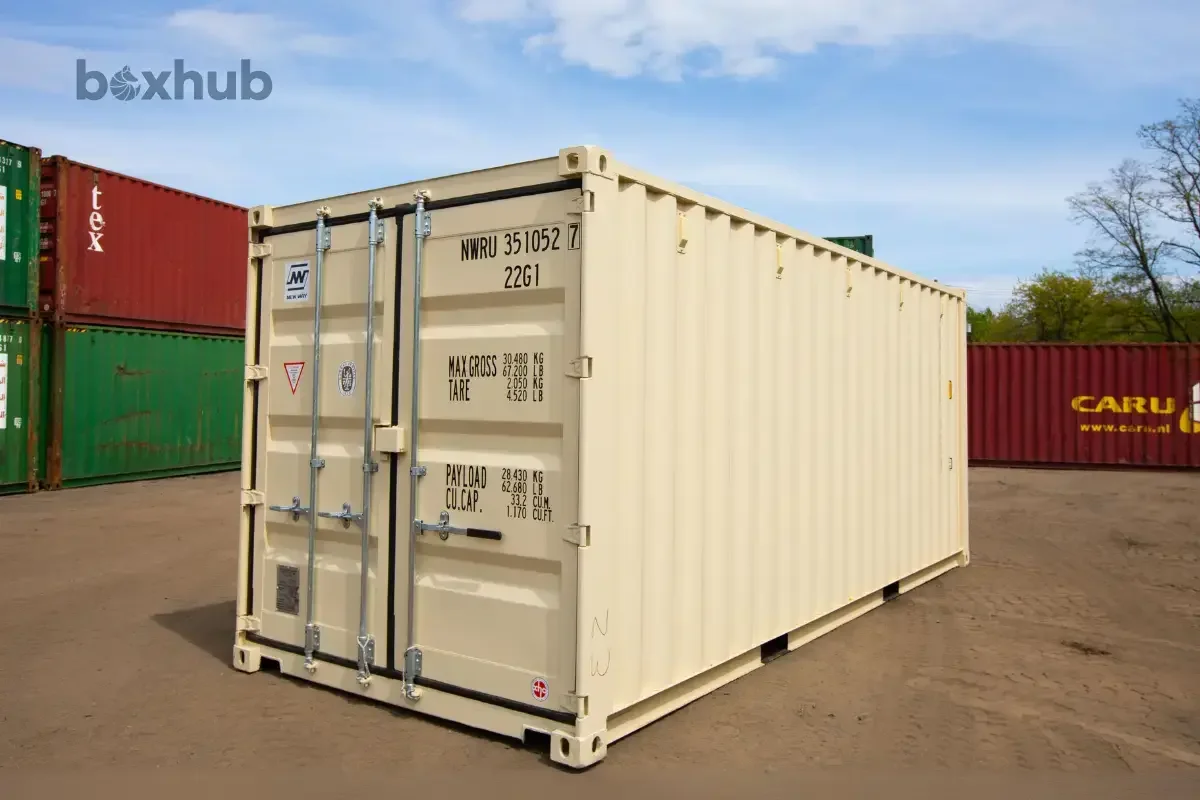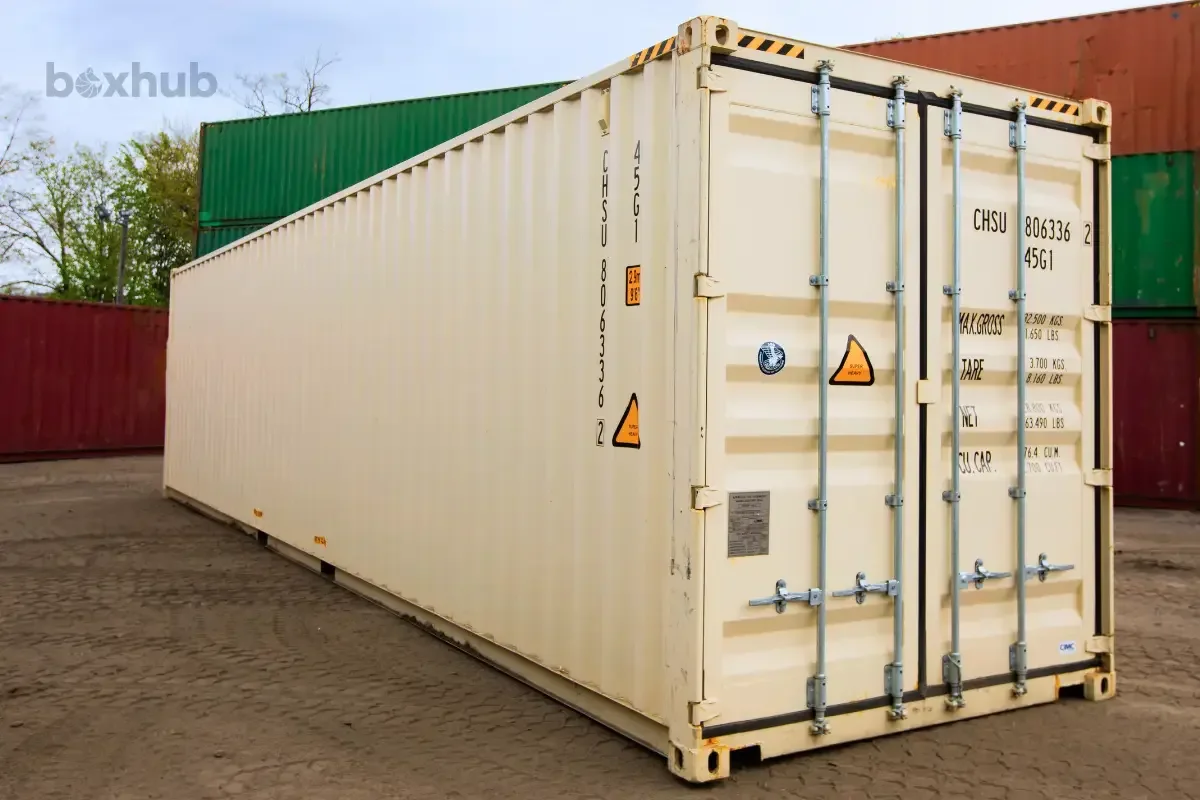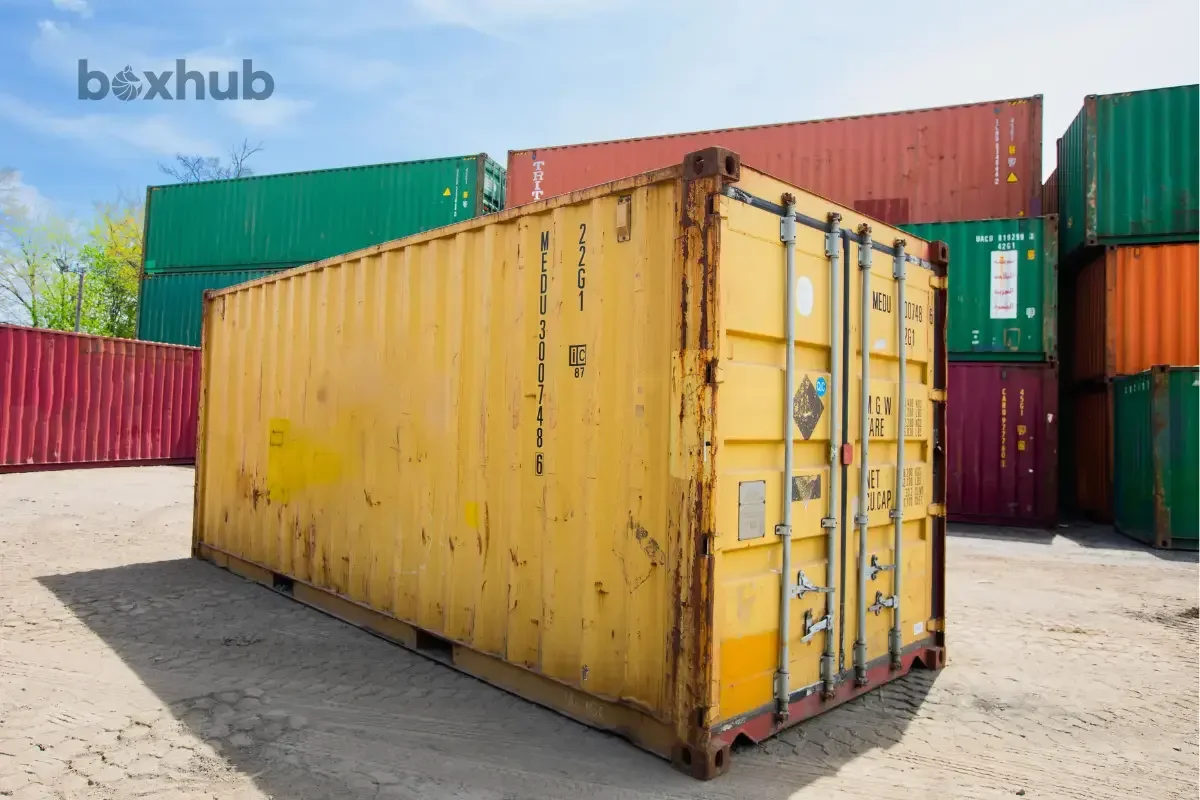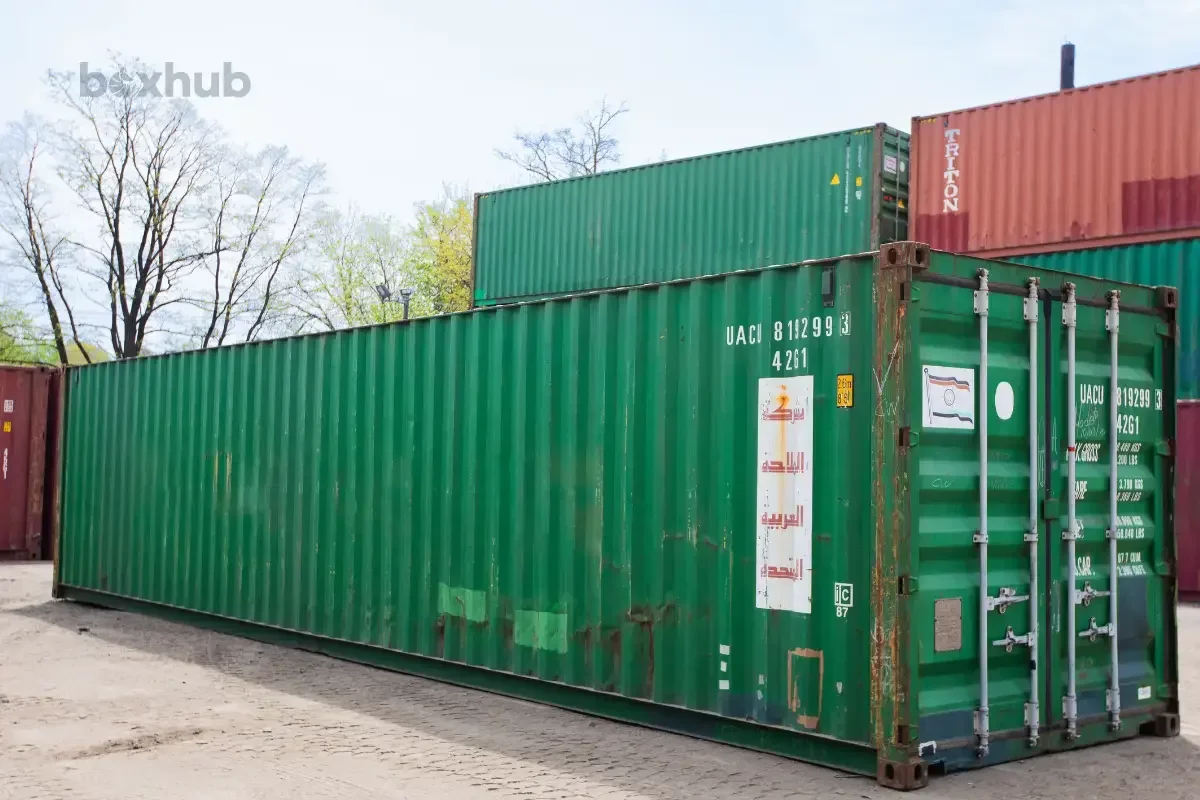Track my order
Shipping Containers for Power Generation & Energy Storage Companies


expedited shipping available

Trusted by thousands of U.S. businesses
Shipping containers have become increasingly popular in the power generation and energy industry due to their versatility, cost-effectiveness, and easy customization. The most common and innovative application is installing solar panels on shipping containers. These solar containers are designed to house all the necessary components for solar energy production and storage, offering a customizable, portable, and flexible energy solution.
As the shift towards renewable energy continues, batteries are becoming crucial to ensure that solar containers and wind farms can fulfill their energy requirements. Shipping containers serve as an effective solution for Battery Energy Storage Systems (BESS) for numerous reasons. Primarily, they are significantly cheaper than constructing a new structure. Additionally, they can be easily modified, allowing energy producers to tailor the interior to fit their specific battery layout needs.
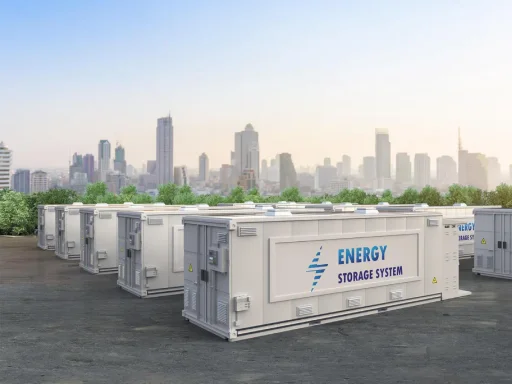
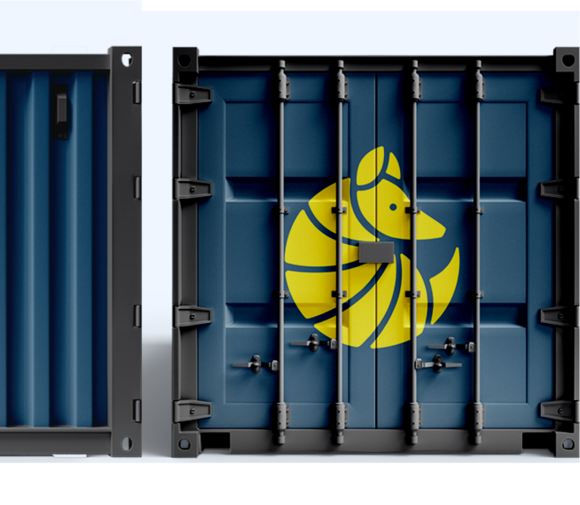

Thousands of happy customers have chosen Boxhub as their container supplier of choice.
















How Are Shipping Containers Used in the Energy Industry


Transform shipping containers into battery energy storage systems (BESS). These containers can house batteries for storing excess energy generated from renewable sources such as solar or wind power. They provide a scalable and modular solution for grid stabilization and peak shaving.
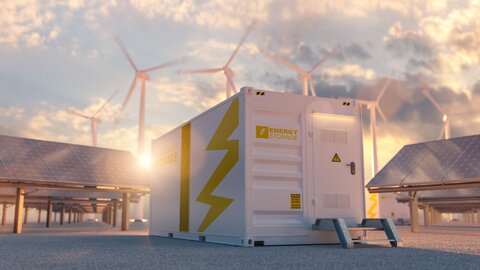
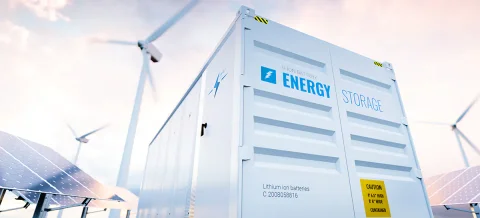



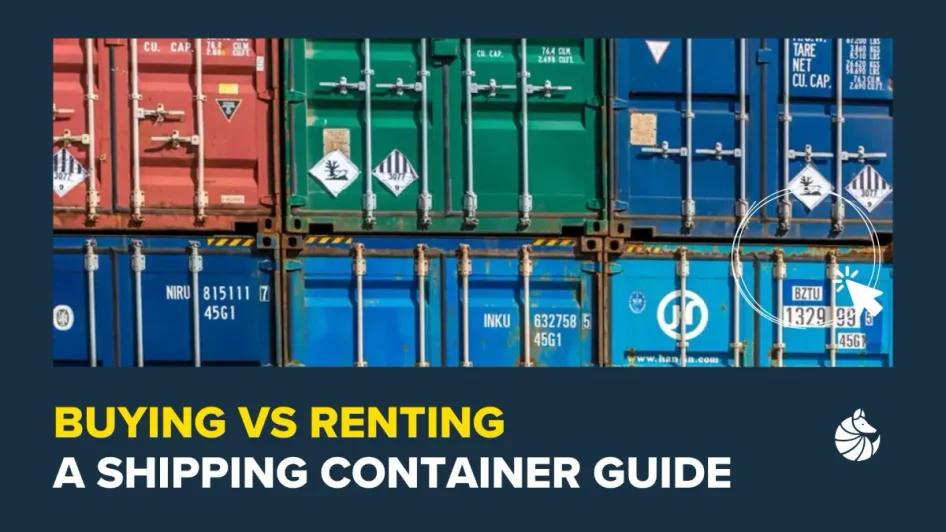
Explore the pros & cons of renting vs. buying a shipping container with our comprehensive guide.
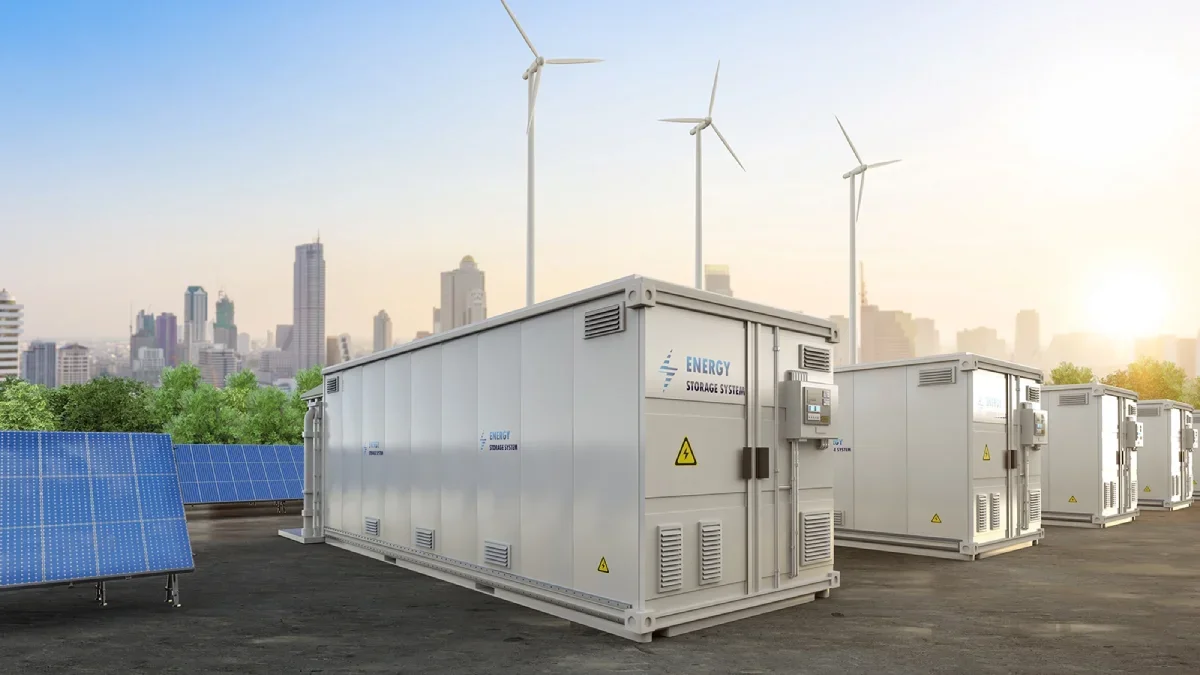

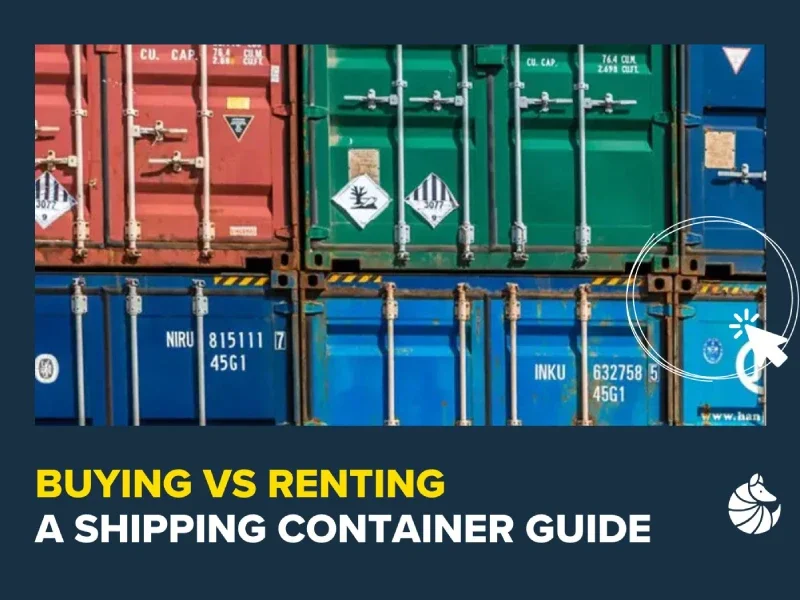



Boxhub shipping containers come in various sizes, with standard options including 20-foot and 40-foot lengths. Additionally, there are high-cube containers with extra vertical space. The choice depends on the project's space requirements and equipment capacity.
To learn more about choosing the right container for your project, check out this guide.
Yes, local building codes, zoning regulations, and permitting requirements may apply when deploying shipping container-based energy projects. It's essential to consult with local authorities and ensure compliance with relevant regulations before proceeding with the project.
Yes, shipping containers are designed for transportability and can be easily relocated using standard transportation methods such as trucks or cranes.
When placing shipping containers for energy projects, consider factors such as ground stability, drainage, accessibility, and proximity to power sources or infrastructure. Depending on the site conditions, a level surface or a concrete foundation may be necessary to support the containers securely.
To learn more about factors that might affect your container placement, check out this guide.
The cost of purchasing and modifying shipping containers for energy projects varies depending on factors such as container size, condition, customization requirements, and installation complexity. It's essential to budget for container procurement, transportation, modifications, and ancillary equipment.
Shipping container-based energy systems often offer cost savings compared to traditional brick-and-mortar structures due to reduced construction time and materials. Additionally, container-based systems can be highly efficient, especially when integrated with renewable energy sources and energy storage technologies.
Continue Shopping
Loading cart




